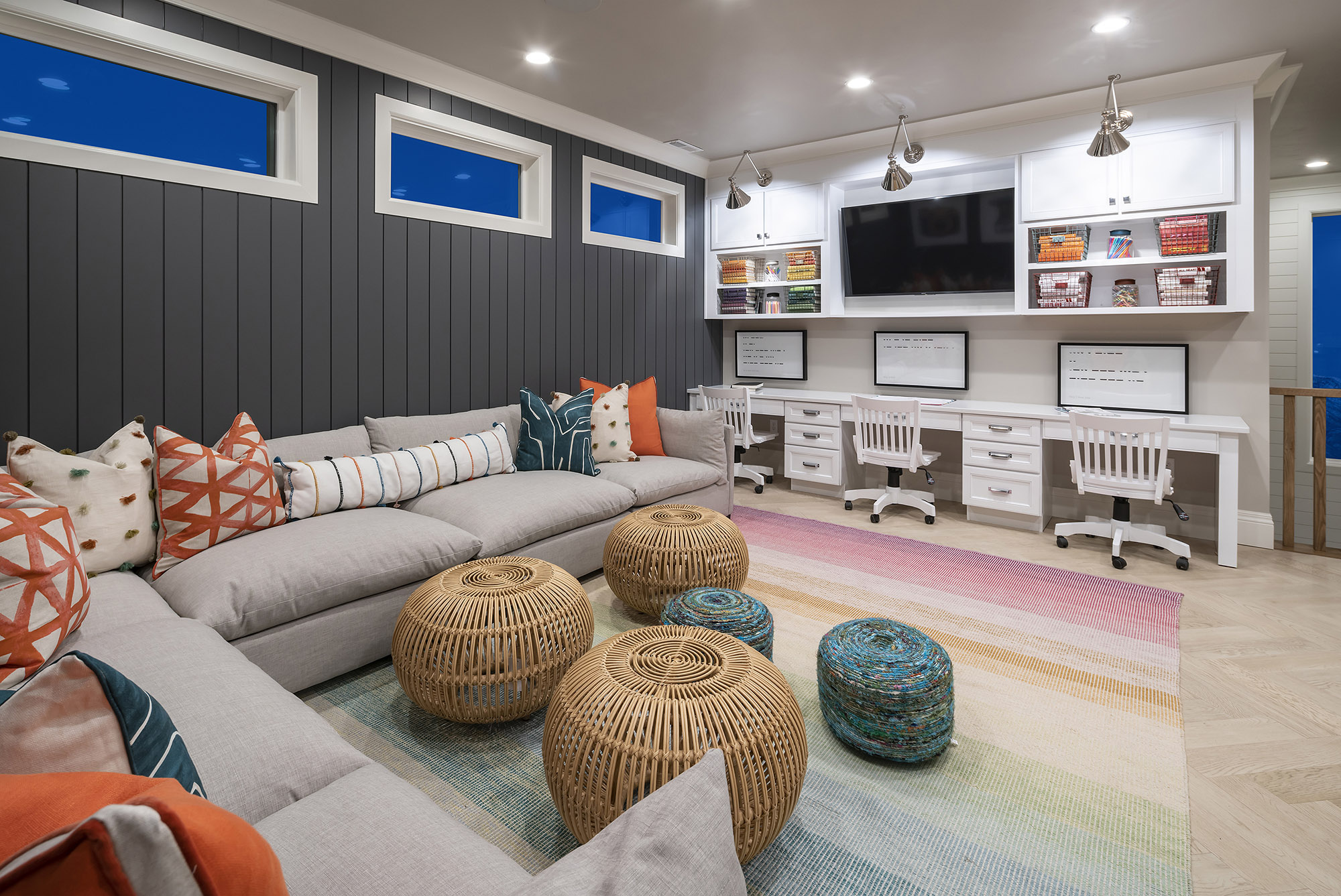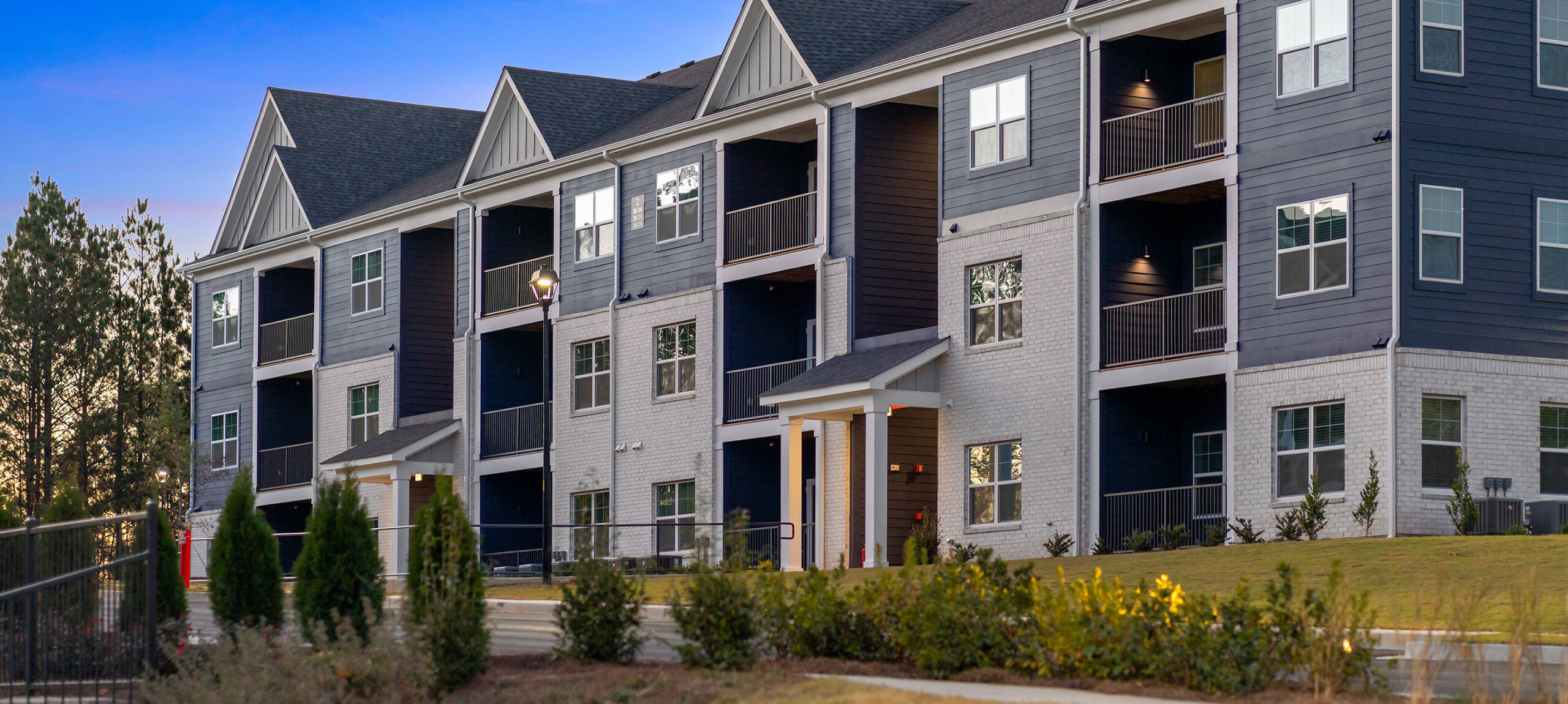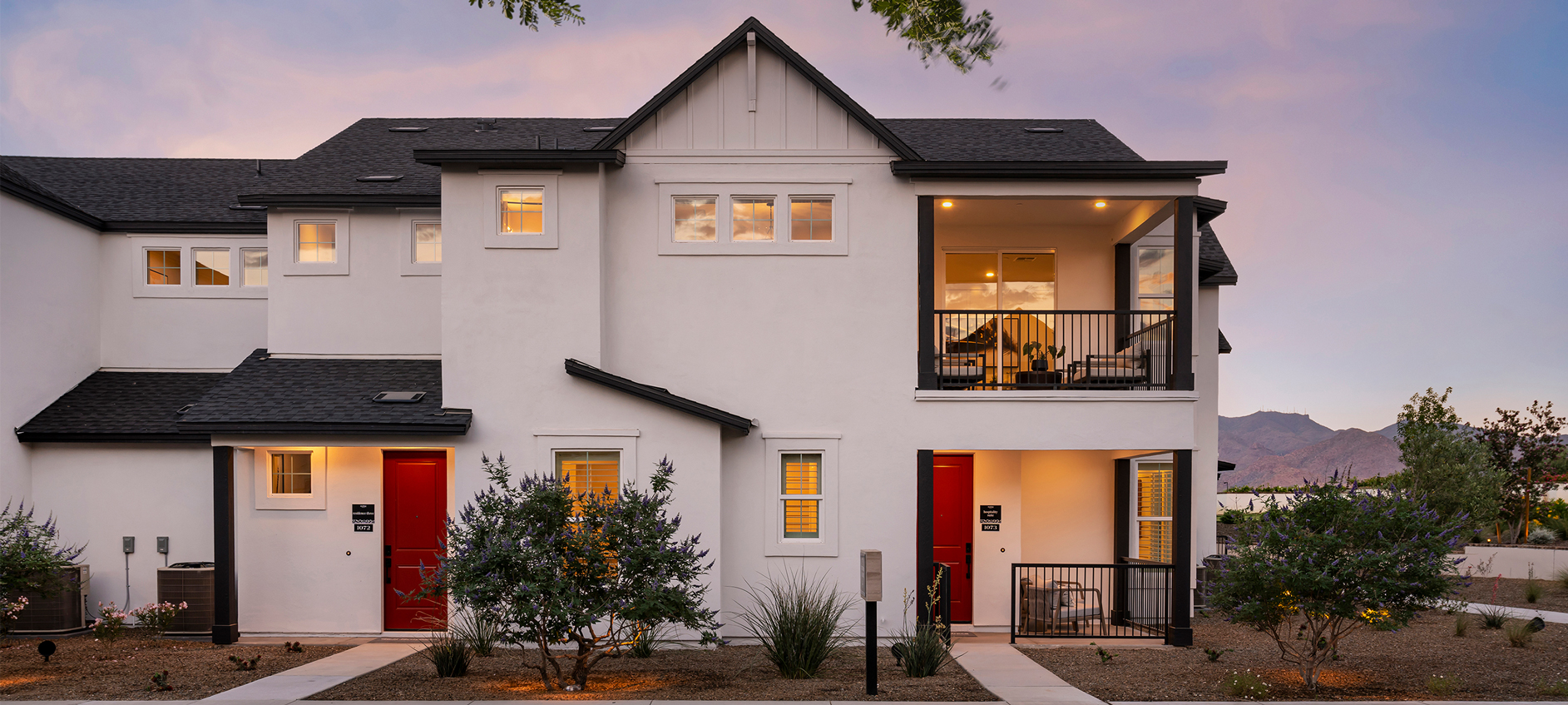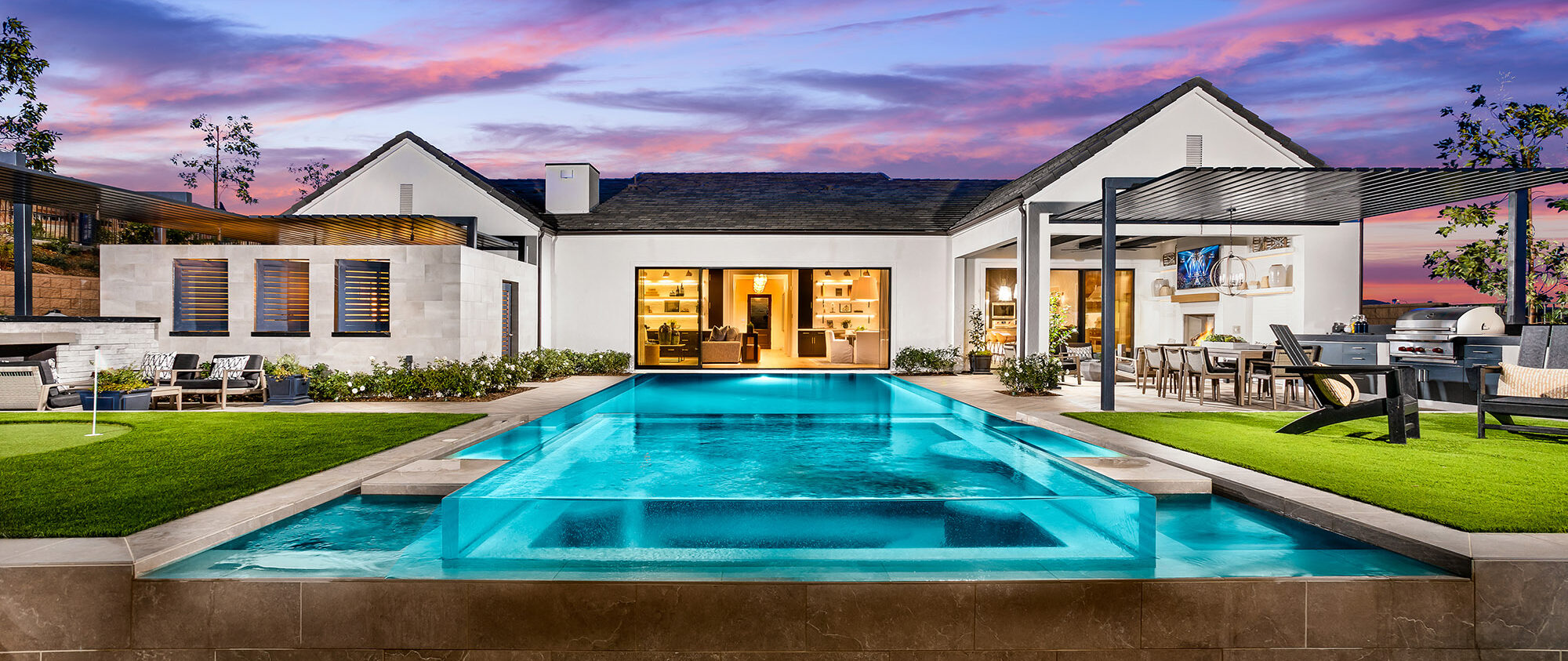A design concept to improve plans of all sizes
The cyclical nature of the homebuilding industry is on display as prices and interest rates continue to push average new home square footage lower. According to NAHB, over the past 20 years, buyers’ home size preference has decreased by 200 square feet. When every inch counts (and costs), this creates an interesting design challenge for architects. We always want to help builders deliver plans with features that outshine the competition – especially used homes. Doing that within a smaller overall footprint can lead to some innovative solutions.
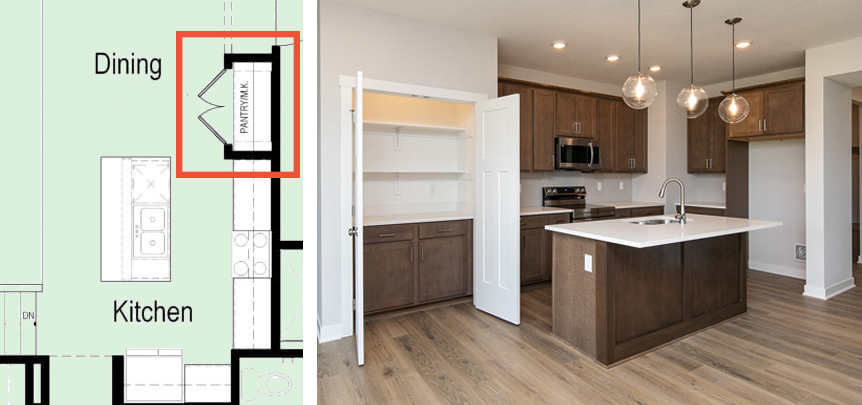
Since every home still needs bedrooms, bathrooms and a kitchen, our challenge is to work the layout so we can also incorporate current trends and consumer desires beyond the standard elements. Over the past 10 years, the industry has adopted the catch-all term “flex space” and applied it liberally to any room that could serve multiple functions. Not a bad idea, but I think we can do better – even in the smallest homes.
Some of my most modestly sized plans are being developed for build to rent communities, but I still include “flex space”. However, I prefer to be much more definitive when designing space use for a flex room, and in BTR, that usually means clear delineation for work from home spaces. I’ve designed a multi-functional 5 x 5 or 5 x 6 storage closet that can “flex” to a pet room, pocket office or pantry. It’s certainly not a traditional room, but it enhances the plan and delivers on trend.
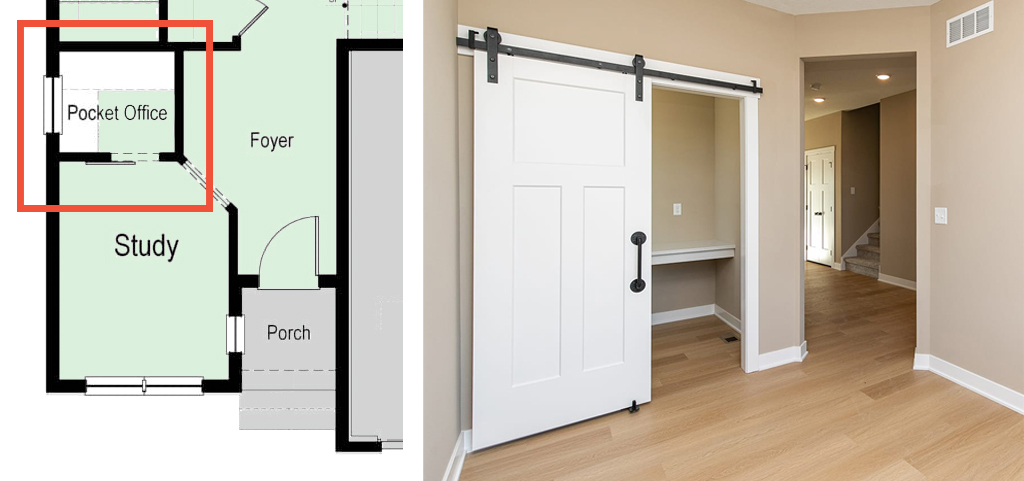
While it’s easy to focus only on the base elements in every plan, it’s important to remember that new homes have to provide something new and interesting in order to be competitive. That’s why I never exclude consumer-driven specialty rooms based on square footage alone. Instead, I’ve shifted my focus from traditional flex rooms to creative flex features. Even a bare bones plan can have a window seat, and this kind of subtle design touch will elevate the home among the competition. I no longer want to settle for a basic home with traditional rooms. I want to work in something creative that requires very little additional footage and expense.
At the other end of the spectrum, there’s not really a square footage number that makes flex features irrelevant. Larger rooms inherently have more flexibility in how they are used, but that doesn’t mean buyers don’t want specialization in space and room use. Sometimes that’s an entire room design, but often I rely on similar design strategies used in very small homes because those really push the limits on my creativity with room arrangement, circulation and functionality. As an example, 20 years ago we started adding a small extension with bay window to many of our primary suites. This feature was not a separate room, but it effectively flexed per buyer to become a sitting area, lounge or work space. Even in very large homes, this focus on feature design is highly effective.
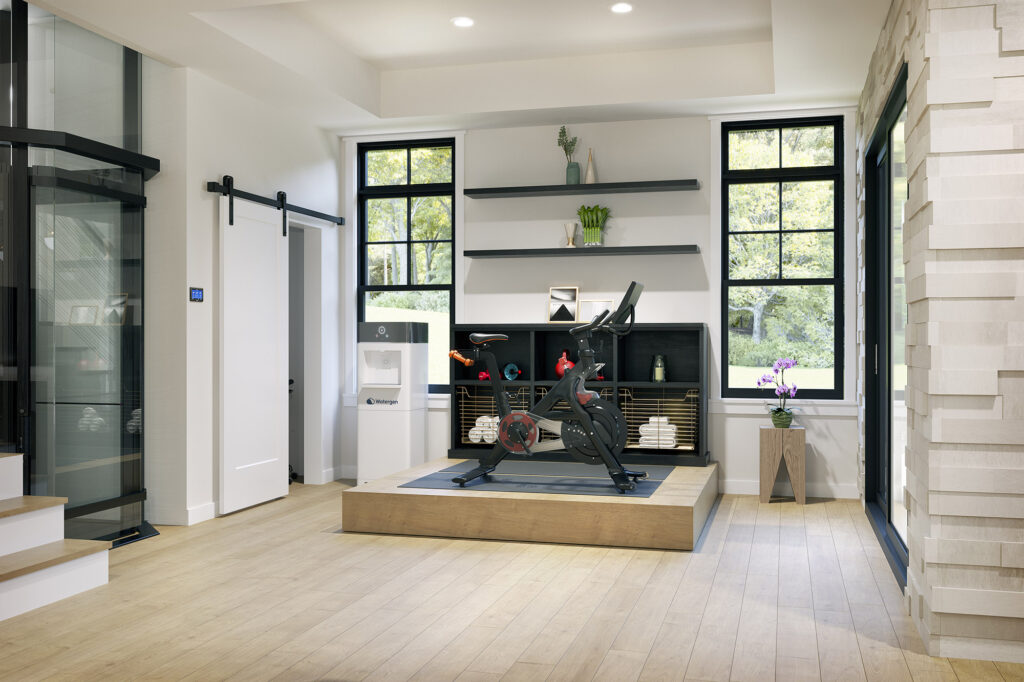
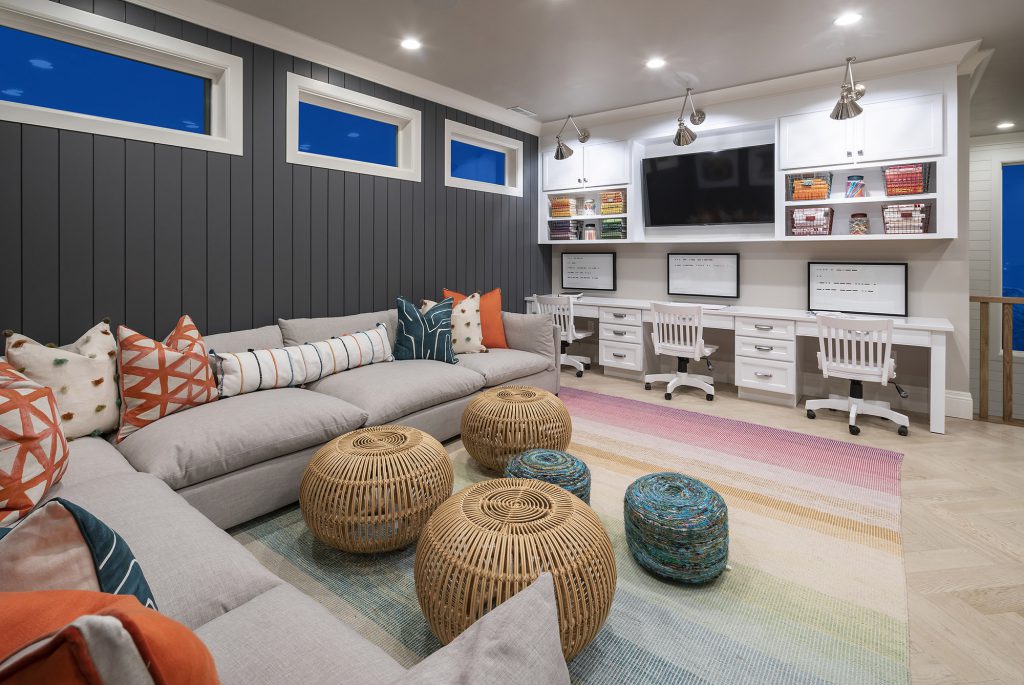
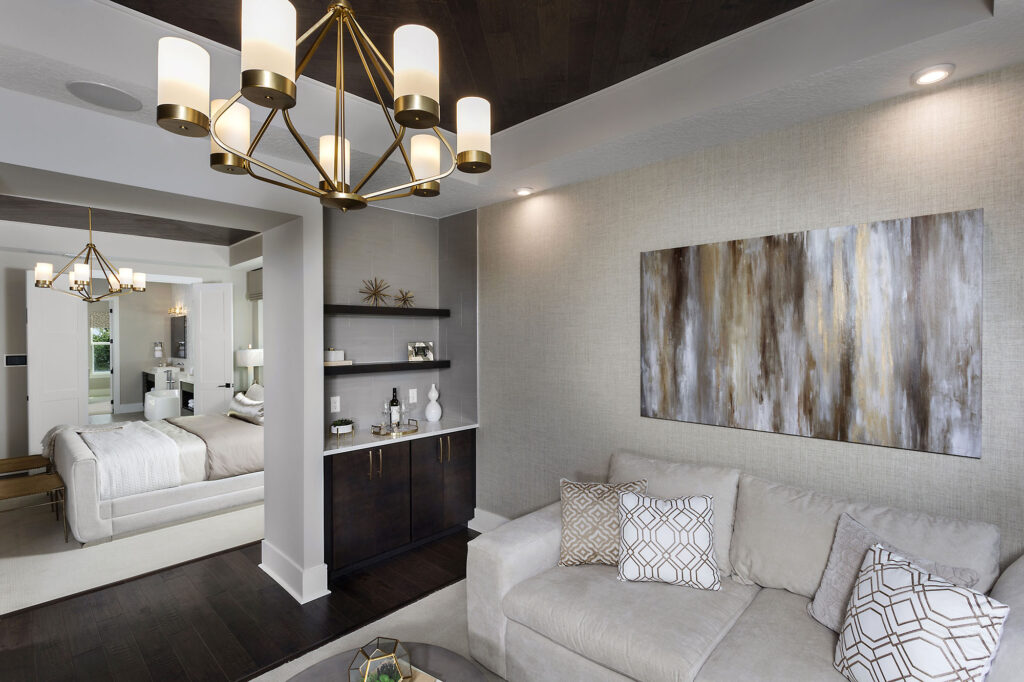
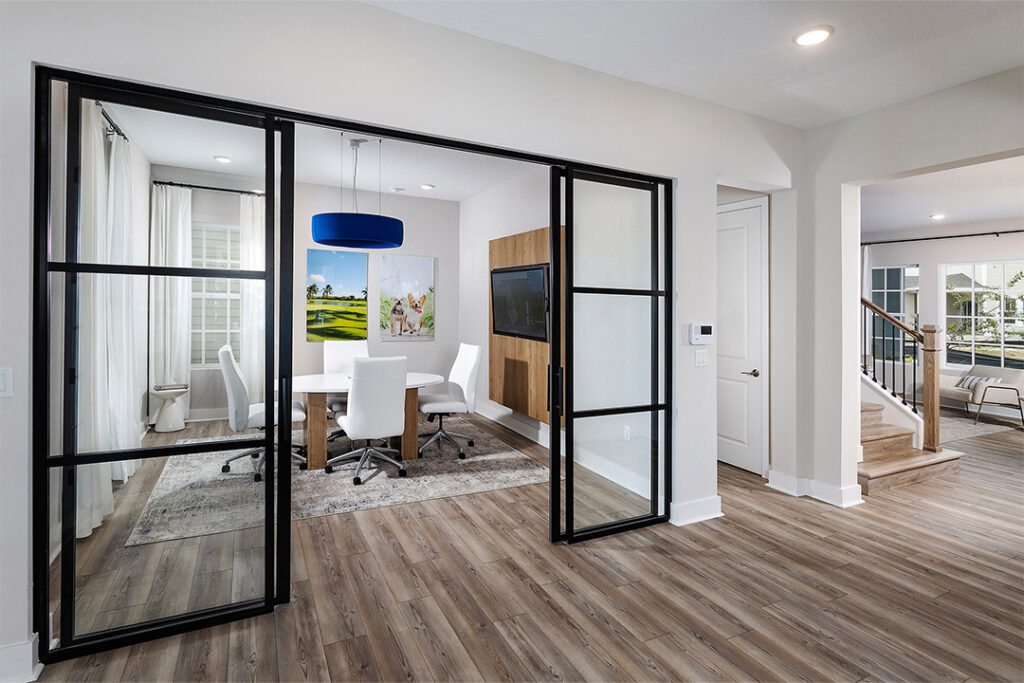
In the past year, I’ve been designing similar flex features at all square footages: Built-ins, pocket offices, morning kitchens, and hobby rooms. While these spaces aren’t yet standard elements like bedrooms and bathrooms, the overwhelming sentiment among consumers is that they’ll pay more for homes that include these kinds of specialty spaces. To do that efficiently, flipping room use is still an option (creating a single room that can be staged multiple ways). I prefer creating these based on clearly defined lifestyle choices that can be optioned into the program. Then I work with clients on lifestyle labels that help define the unique flex space offerings – hunting room, fishing room, gardening room instead of “hobby room”. Marketability is enhanced, and by boldly showing flex spaces with specific uses, consumers have something they can really understand.
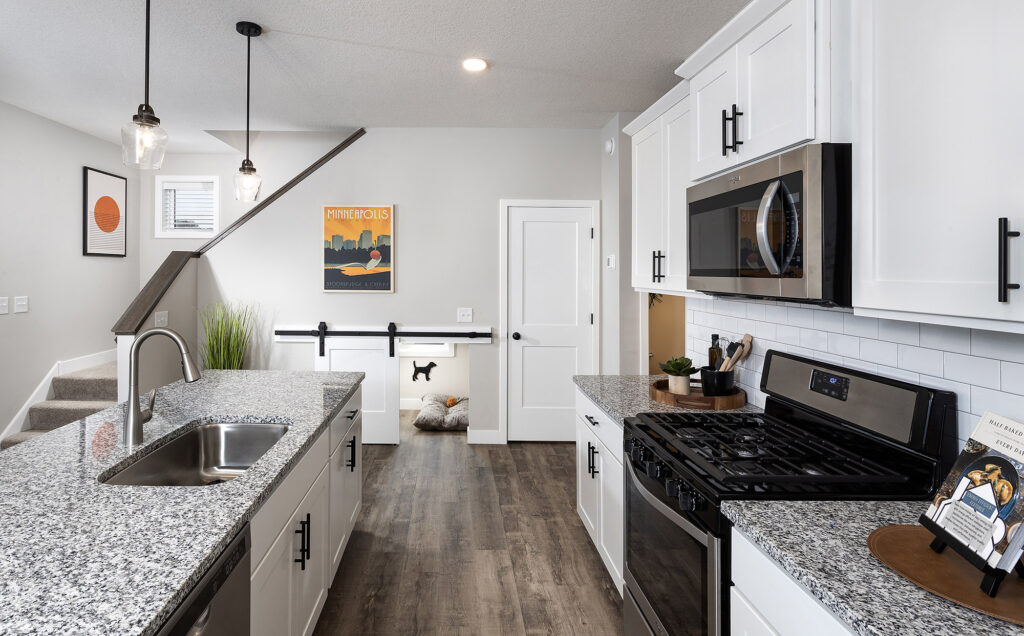
As we continue to try to reinvent the kit of parts for the basic floor plan, flex features are proving that they can add considerable value without excessive cost. In this phase of the cycle, when every dollar matters to both builders and buyers, leveraging design creativity to introduce flex features at every price point and square footage tier is one of the best ways for builders to capture more than their fair share of any given market.
